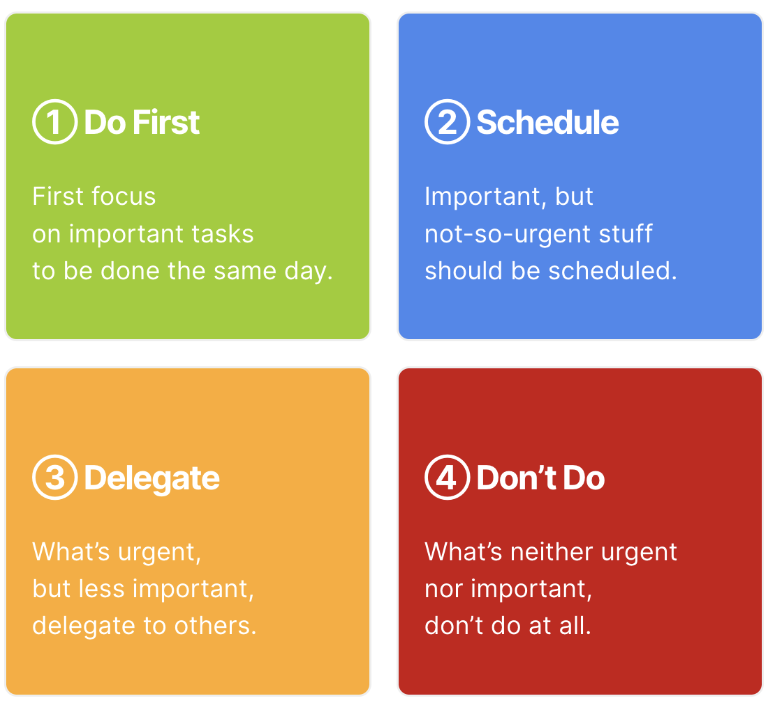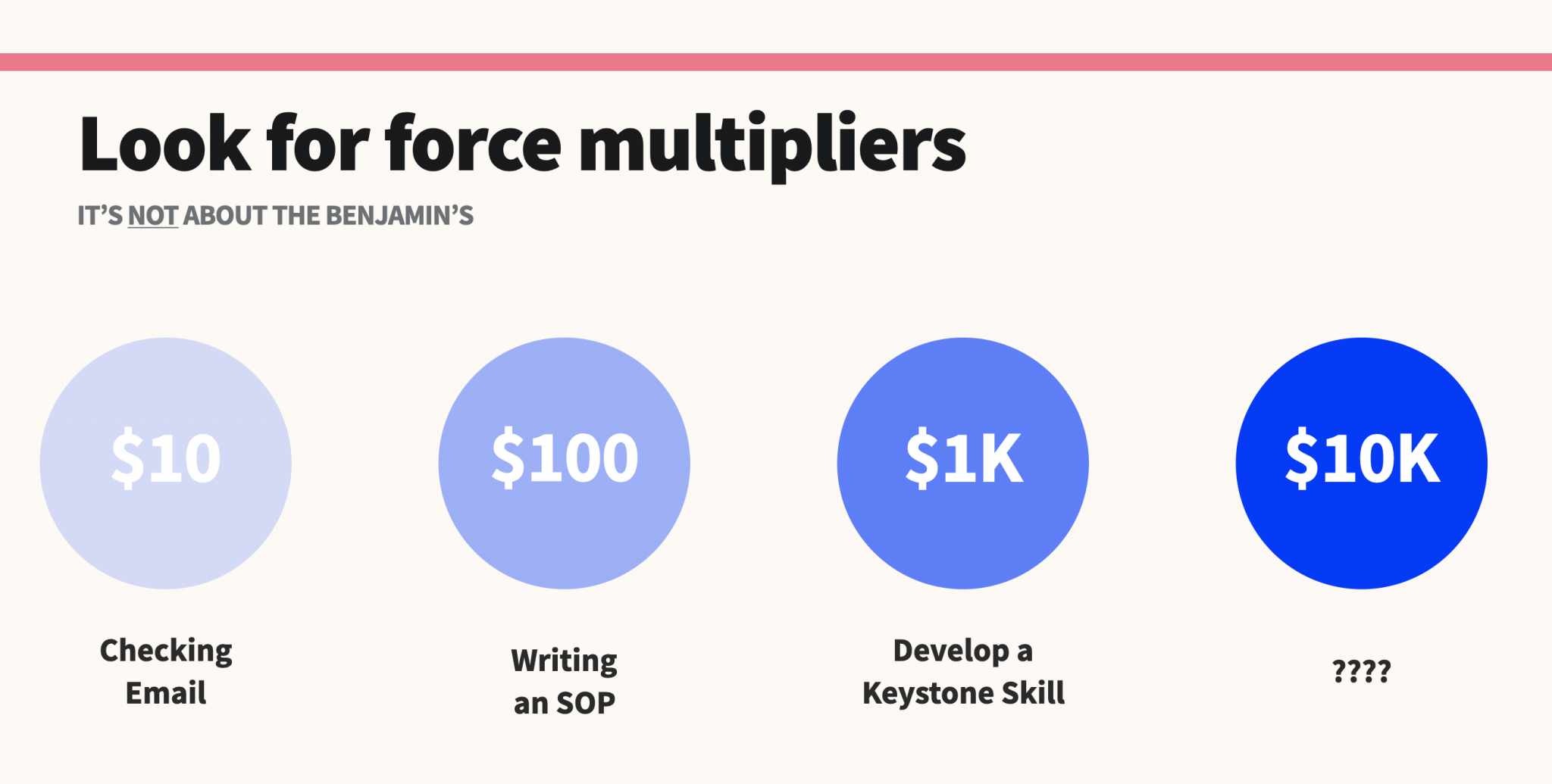How to get started with leverage, and why.
Image Credit: https://www.math.nyu.edu/~crorres/Archimedes/Lever/LeverIntro.html
I've been thinking a lot about leverage recently.
It all started when I decided to spend the first 6 months of 2022 reading as much as I could about the mental models that Charlie Munger and Warren Buffets rigorously use. One thing that struck me whilst reading was how leverage seems to be the foundation (or the “message”) of so many important mental models.
In fact, I've been thinking about leverage so much that I started to see it everywhere so I'm in danger of becoming a man-with-a-hammer (which Warren and Charlie would warn against).
Leverage is a powerful idea, and while it’s intellectually easy to understand, it can be hard to put into practice. My goal with this post is to highlight some frameworks you can use to more easily find everyday leverage.
Eisenhower Matrix
The popular Eisenhower Matrix is designed to help you figure out and prioritize your tasks based on urgency and importance. If it’s done properly, you ideally end up with your tasks grouped into 4 quadrants:
Of course, you want to be working on Quadrant 1 as much as possible, doing the things that will actually move the needle, not the things that feel like they need to be done “right now”. Implementing this framework means you are focusing on your highest leverage tasks first.
The 80/20 Principle
The 80/20 Principle says that 20% of your inputs will account for 80% of your outputs.
The power of the 80/20 principle is that it helps you save time, money, effort, etc by deciding where to focus your current resources to achieve their greatest effectiveness i.e. leverage. If you take an honest look at this week’s tasks, what 20% actually matter?
“$10,000 dollar per hour” work
A smart productivity system I came across recently is from Khe Hye who talks about “The magic of doing $10,000 per hour work”. His simple system advocates for breaking your tasks up by assigning them a dollar value, with the highest value task getting a value of $10,000. As he says, “…These are all examples of $10,000/hour work. Not because you get paid $10,000 an hour to do the work. But because your deliberate investment will pay off in spades at a future date. $10,000 per hour work is the process of identifying your highest leverage activities and committing a small amount of time to them each day.”
The power in this system is deciding for yourself what this task means to you, and giving it a dollar value. Of course, the amount is arbitrary, but it’s power comes from forcing you to honestly evaluate your tasks. Naturally, the $10k work takes priority.
To-Do Lists vs Leverage Lists
Lastly, George Mack has an even simpler way to break down our task list. He suggests maintaining 2 lists:
As he puts it “Leverage Lists are time assets. They need willpower once and live on into the future.”
Mental models are about leveraging timeless principles to improve our thinking and decision-making. As Archimedes once said, “Give me a lever long enough and a fulcrum on which to place it, and I shall move the world.” Ultimately, it’s our mind that is that lever and it’s up to us to figure out to best use it.
Leverage is simple and powerful. What happens when you take a simple idea and take it seriously?





